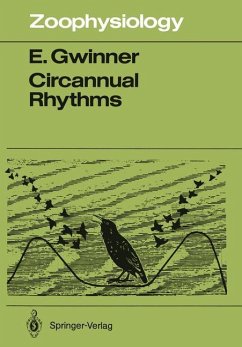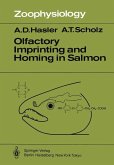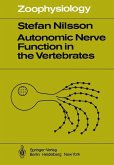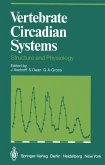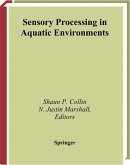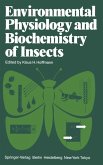In addition to the more or less static properties of the environ ment, plants and animals must cope with its temporal variations. Among the most conspicuous temporal changes to which organisms are exposed are periodic phenomena generated by the rotation of the earth about its axis, its revolution around the sun, and the more complex movements of the moon in relation to both sun and earth. The first two of these astronomical cycles are basic to the familiar daily and annual rhythms, respectively, in the environment. The third generates somewhat more complex cycles, such as those in moonlight and variations in tides. These environmental cycles have provided challenges and opportunities for organisms to adjust their physiology and behavior to them. Indeed, the predictability inherent to these periodic processes has enabled organisms to evolve innate endogenous rhythmic programs that match the environmental cycles and allow, in a variety of different ways, adjustment of biological activities to the cycles of environmental changes. The endogenous nature of rhythmicity was first clearly recognized in the 1930's in daily periodicities, the most widely distributed and best investigated class of biological rhythms of this type. In the 1950's, demonstrations of endogenous tidal and lunar rhythms, which occur in some littoral and marine organisms, ensued. Another decade passed before endogenous annual periodicities were first demonstrated unambiguously.
Hinweis: Dieser Artikel kann nur an eine deutsche Lieferadresse ausgeliefert werden.
Hinweis: Dieser Artikel kann nur an eine deutsche Lieferadresse ausgeliefert werden.

